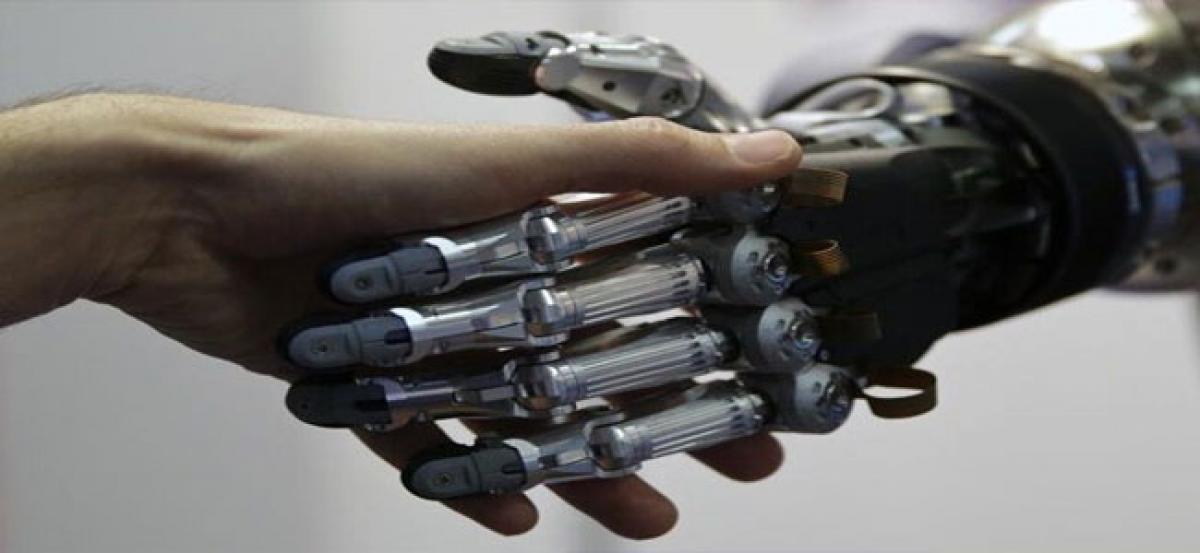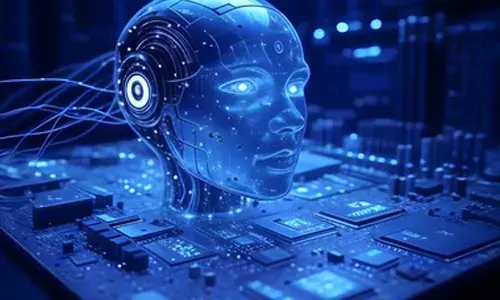Soon, self-healing robots that mimic biological muscles

Scientists are developing next generation of robots made from soft materials that are more similar to biological systems. Such soft robots contain tremendous potential for future applications as they adapt to dynamic environments and are well-suited to closely interact with humans, said researchers from the University of Colorado in the US.
Washington: Scientists are developing next generation of robots made from soft materials that are more similar to biological systems. Such soft robots contain tremendous potential for future applications as they adapt to dynamic environments and are well-suited to closely interact with humans, said researchers from the University of Colorado in the US.
The group has developed a new class of soft, electrically activated devices capable of mimicking the expansion and contraction of natural muscles. These devices, which can be constructed from a wide range of low-cost materials, are able to self-sense their movements and self-heal from electrical damage, representing a major advance in soft robotics.
The newly developed hydraulically amplified self-healing electrostatic (HASEL) actuators eschew the bulky, rigid pistons and motors of conventional robots for soft structures that react to applied voltage with a wide range of motions.
According to the study published in the journa l Science Robotics, the soft devices can perform a variety of tasks, including grasping delicate objects such as a raspberry and a raw egg, as well as lifting heavy objects. HASEL actuators exceed or match the strength, speed and efficiency of biological muscle and their versatility may enable artificial muscles for human-like robots and a next generation of prosthetic limbs.
"We draw our inspiration from the astonishing capabilities of biological muscle," said Christoph Keplinger, from the University of Colorado. "HASEL actuators synergise the strengths of soft fluidic and soft electrostatic actuators, and thus combine versatility and performance like no other artificial muscle before," Keplinger said. "Just like biological muscle, HASEL actuators can reproduce the adaptability of an octopus arm, the speed of a hummingbird and the strength of an elephant," Keplinger said.



















